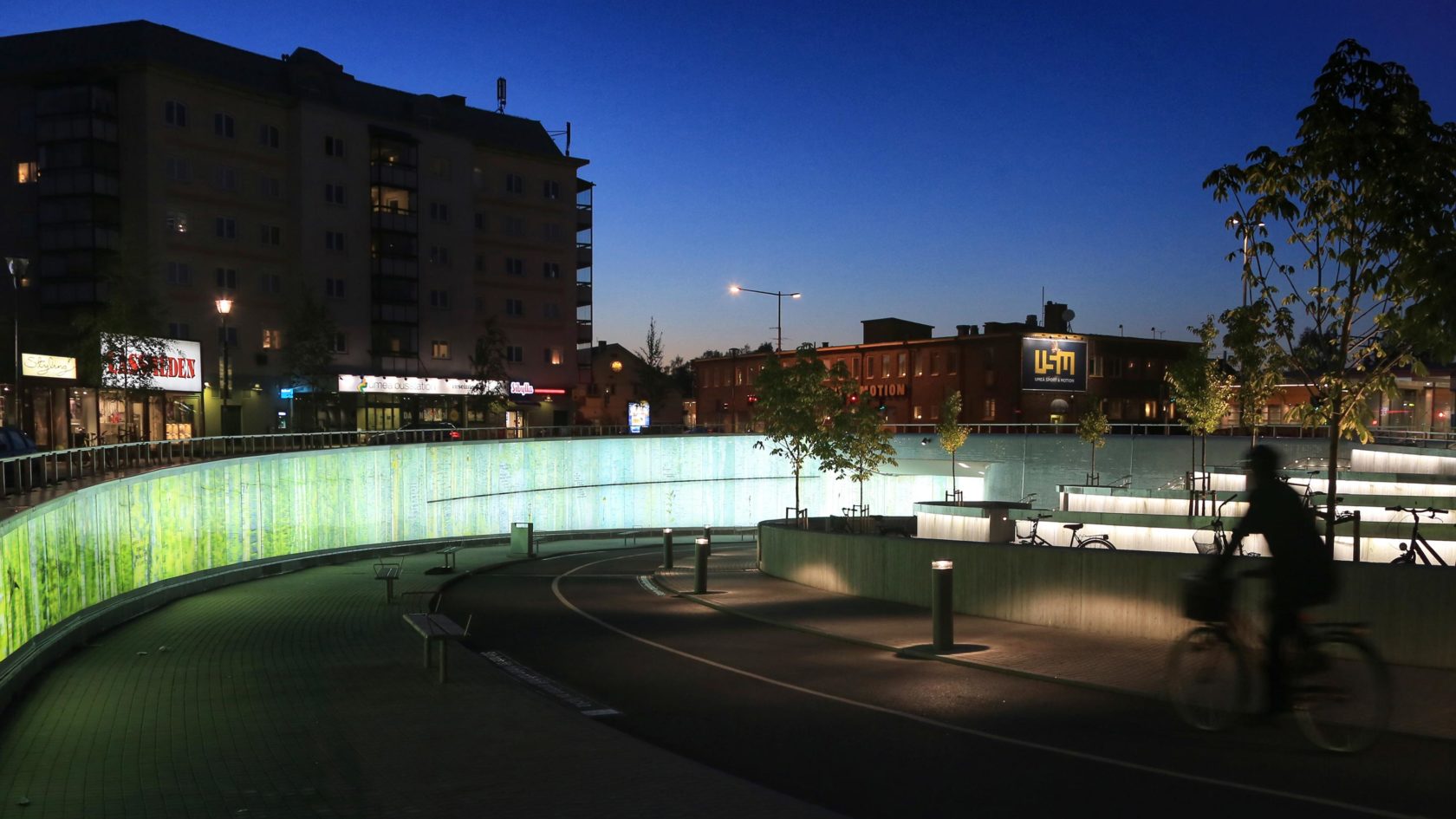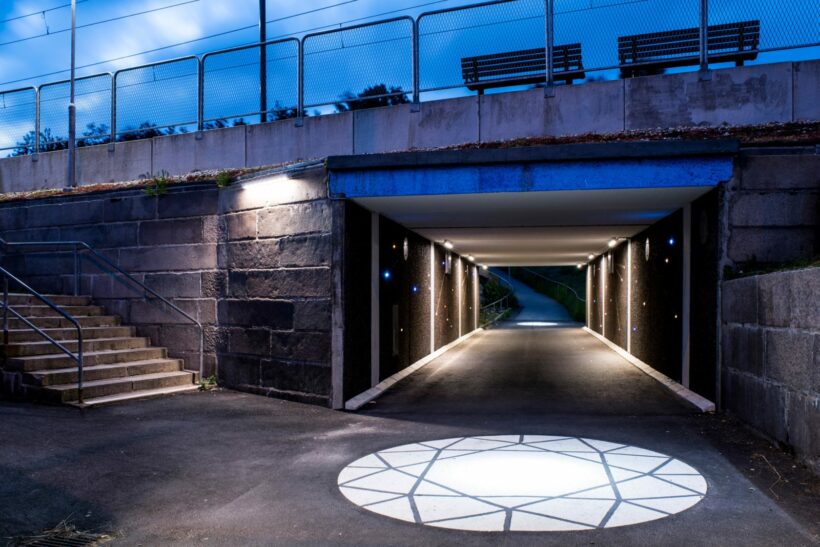Of course, it is not just a matter of illuminating the city with bright lights. Dark places that are perceived as unsafe do not automatically become safer by adding lighting. Rather, it is necessary to design the city with lighting as a tool to connect streets and squares, create places and make navigation easy. From the beginning we must ask: How will the place be used? How do people move there? For what reason?

DeepDive: Light and the experience of feeling safe
If the tunnel under the street is dimly light, pedestrians may choose to cross busy streets instead. To see and be seen is a higher priority than the fear of traffic accidents. Lighting is an invaluable tool for creating safe and secure spaces in the city.
When working with lightning and the experience of feeling safe, situations and places are often very complex. Lighting a park requires more than just choosing lampposts; we must take many needs into consideration to create an inclusive society, It is also important to choose materials that have a small impact on the climate and there are budgets to consider. That is why both deep and broad expertise is needed in lighting design.
Direct Democracy
A well-designed environment meets people’s needs. It is important to keep one’s ear to the ground to gather user perspectives. In our work, we include the users of a place in the planning and design process. We meet with those who have the best knowledge of an area and ask: “what is it like to live, work and conduct your business here?”. This is direct democracy in its purest form; the answers become the basis for creating environments that feel safe.
This, however, does not mean that we architects assign our responsibilities to others. Rather, we learn from those who have the relevant knowledge to do the best work we can. We apply established methods – or develop new – to inform the design dialogue. One such method is the “Trygghetsvandring”, a type of environmental inventory analysis made together with the residents of an area as they have the best knowledge about the local environment. The resulting design ideas are based on their own experiences.
Involving the citizen
When planning secure and safe living environments the starting point is usually spatial solutions and aspects, but departing from a lighting design perspective means including people’s needs and experiences which adds on social conditions and questions of identity. Light then becomes a tool for people to influence their daily life.
The light art installation in the pedestrian tunnels at Briljantgatan’s tram stop in Gothenburg is an example of this. Together with an artist, we worked to solve the tunnel’s problematic architecture. The conceptual underpinnings were based on people’s experiences of the tunnel. Since those who use it were involved in the process, they were able to create new, positive memories of the site, which resulted in a sense of collective ownership.

Light in early stages of planning
Lighting strategies include questions of safety and security. The collaboration between competences from the lighting design and architecture field, in the early stages of city planning, brings a deepened understanding of the space and the possibility to involve citizens and decision makers early to forward the knowledge of the environment.
White's lighting specialists analyse the link between lighting and security from three different perspectives:
- Spatial factors examine how the room/place is experienced without daylight, how good the general view can be, and how well one can orient oneself.
- Social factors deal with the extent to which the room/place is populated. Are there people who see and hear? Is it possible to read people’s faces?
- Identity-creating factors are about the character of the site. What kind of feelings arise in the dark?